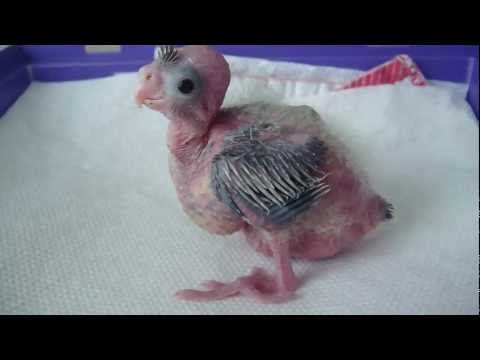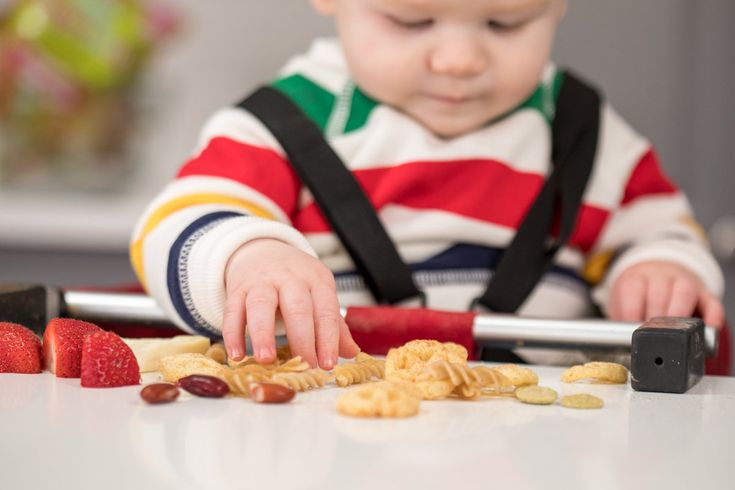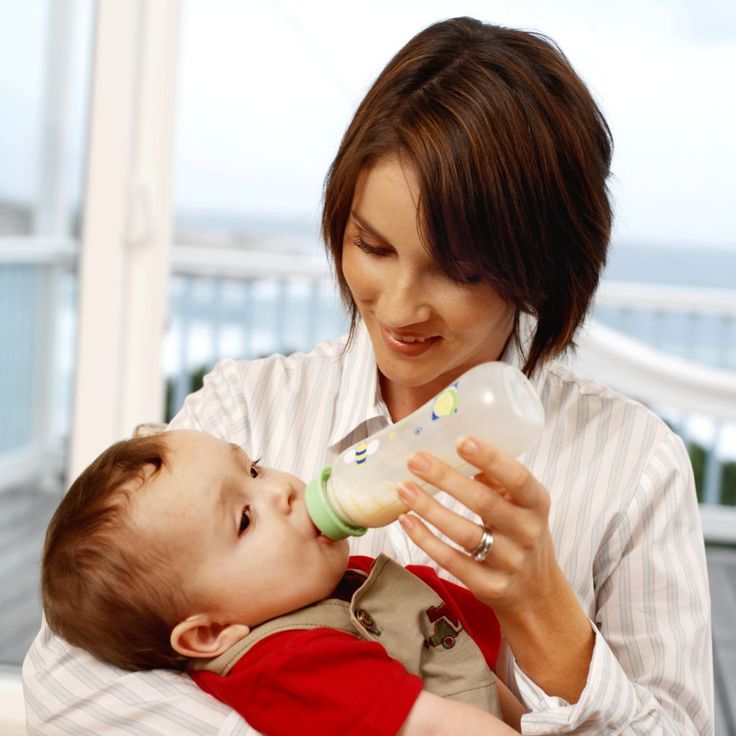1And half year baby food chart
12-18 Months Baby Food Chart
last updated: by Kalyani
12-18 Months Baby Food Chart -Now your tiny little bundle of joy is one year. I am sure you have thoroughly enjoyed this beautiful journey with your baby:) You have watched as your baby grows from first smiles to first steps. By now, your baby is ready to enjoy a variety of family foods.
What kind of foods should I give my 12-18 months old?You can give all the foods you cook for your family with fewer spices. Offer a variety of food each day. Your child may have few front teeth now, can chew some foods. But it is still a good idea to mash or cut into small pieces (1/2 inch or less) while giving the meat or any hard foods if it is tough to chew.
Now your child is one year, she can drink cows milk. Cows milk is a readily available source of calcium, and it also provides essential vitamins and proteins for your child. Also, you can continue breastfeeding as long as you and your baby are comfortable.
Prefer whole milk until three years as toddlers need fat in their diet for growth and development. Give only 200 - 300 ml (at the max) of cows milk (in a cup) per day. Anything beyond the recommended amount of cows milk leads to less appetite in toddlers. Also, don't dilute the milk with water as it reduces its nutrition content.
If your baby is not interested in taking plain milk, you can try to flavor the milk with natural homemade flavors, or add milk to porridge's/kheer/desserts or include dairy products such as curd/yogurt, paneer, cheese, etc.
Should my 12-18-month-old feed herself?By now, your toddler might be ready for self-feeding, though she might not be able to do it perfect. She should be able to hold and drink from a cup with little help and may be interested in eating with spoon/fingers. Foods can be cut into pieces so that she can be able to feed herself with fingers. Encourage self-feeding if your toddler is ready and eat as a family whenever possible. It helps in developing good eating habits.
Foods can be cut into pieces so that she can be able to feed herself with fingers. Encourage self-feeding if your toddler is ready and eat as a family whenever possible. It helps in developing good eating habits.
Finger foods such as chunks of soft-cooked vegetables, fruits, cheese, toasted paneer, homemade cookies/crackers, boiled eggs are easy to prepare and mostly loved by children of this age, and they can experiment on feeding themselves.
What changes can I expect in my one-year-old baby's appetite?After one year, your baby's growth rate naturally slows down, and hence, your baby's appetite might have decreased than before. Also, your toddler might be interested in exploring the world around than eating. The quantity of food consumed on each day may vary from large to small amount depends on the appetite of your child. Be assured that your child knows when she is hungry, and they won't stuff needlessly.
Here are some tips for the fussy eating toddler
- Never force your baby to finish the meal. Let them take their own time and enjoy the food. If your baby refuses food, try again a little later on.
- Encourage self-feeding by offering plenty of finger foods.
- Let your baby experience the food even it is more of playing and a mess.
- Offer a variety of nutritious small meals.
- Reduce sugary foods and avoid processed/junk food as much as possible.
- Be an example for your child in food habits.
For 12-18 months baby, you can offer three meals, two snacks, and cows milk. If you are a breastfeeding mom, You can continue breastfeeding whenever your baby demands. Choose the timings for meal and snack according to your child's preference. Try to give food at regular intervals. If your child refuses food, try again a little later on.
If your child refuses food, try again a little later on.
To ensure your child gets a balanced meal, aim for a variety of foods from four primary food groups as listed below. For the quantity of food, always be guided by your child's hunger as appetite varies from baby to baby, and most babies change from day-to-day. Here is an approximate amount, Offer a serving from within these portion size ranges at each meal and snacks.
- Whole Grains, Cereal & Carbohydrates - 1/4 cup to 1/2 cup
- Fruits & Vegetables -1/4 cup to 1/2 cup
- Milk & Dairy Products - 1 cup
- Meat/Protein/Meat Alternatives - 1/4 cup
Here is a sample food chart with recipes (please click on the hyperlink to get the recipes) for 12-18 months old baby. Please consider the below points before using this food chart:
Please consider the below points before using this food chart:
- Never introduce more than one food at a time when adding new food to your baby.
- Check for allergy symptoms when you are introducing new food to your baby and stop feeding your baby if you find any signs.
- This food chart is prepared to give an idea of what foods can be included in babies diet. It should not be considered as medical advice.
- Always check with your pediatrician before introducing any new food.
Check out a variety of recipes for babies that are suitable for babies from 6 months to 5 years!
- Baby Food Recipes (from 6 months to two years)
- Toddler Food Recipes
- Healthy Weight Gain Food Videos for Babies
Food Advertisements by
1 Year Baby Food Chart
| | by Dr Hemapriya
Congratulations, your baby has turned one! Introduce your toddler to a variety of new foods and flavors with the help of our 1 Year Baby Food Chart.
1 Year Baby Food Chart with Indian Recipes
Week 1
Week 2
Week 3
Week 4
Buy Healthy Nutritious Baby, Toddler food made by our own Doctor Mom !
After waiting all these months, your little baby has turned one!!
This is a huge milestone – both for baby and the parents. Turning one now makes your baby officially a toddler, and he’s probably already toddling around the home – faster than you can catch him!
Your little one’s life is going to change as she continues to grow rapidly, and the biggest change is going to be in the area of food. From now on, your baby is ready to have all the foods that were restricted for babies under one. Which means it’s time for a brand new food chart!
By now your baby is already having most household meals except for those restricted foods and now you can go ahead and feed your baby everything you make for the rest of the family, with less salt and spices. Of course, it is important to consider things like food allergies and choking hazards, and we recommend consulting your child’s pediatrician in case of any doubt.
Of course, it is important to consider things like food allergies and choking hazards, and we recommend consulting your child’s pediatrician in case of any doubt.
So the list of foods to avoid has significantly decreased, but toddlerhood brings with it new challenges, especially fussy eating. Your baby is going to be more adamant about his likes and dislikes, and you’ll have to use quite a bit of creativity to work around it.
Toddlers tend to have phases where they eat only one food and reject everything else. In this situation, nutritional deficiencies are a real risk, but you can keep them away by adding a supplementary food like a multigrain health drink or dry fruits powder which ensures many vital nutrients in a small amount.
It is recommended to continue breastfeeding for as long as you and your baby are comfortable, but if you are planning to wean, consider weaning your toddler gently to avoid distress. If you’re planning to start potty training, get all the tips in our ultimate potty training guide.
The food chart we’ve created here includes recipes common in most Indian households. Finger Foods still make the best snacks, and it’s also important to ensure your baby drinks sufficient water throughout the day.
Week 1Week 2Week 3
Week 4
No time to prepare baby food at home? Don’t worry, we prepare it hygienically and ship it to your doorstep. All food products are made FRESH only after the order is placed
Buy Now
Use these food charts and plan your baby’s meals using a Printable Meal Planner. You can also keep a “Baby Food Diary” to track your little one’s favorite recipes and food allergies if any.
Here are our most popular baby recipes:
- 10 Easy Khichdi Recipes
- 10 Easy baby Porridge Recipes
- Dry Fruit Powder Recipe (Weight Gaining Food)
- Weight Gaining Foods for Babies and toddlers
- Instant porridge Recipes for Travel for Babies and Toddlers
Check out baby food charts for other months here:
Have you downloaded our Free E-Book on 50 First Food Recipes for babies? Click here to download.
Disclaimer: The information presented here is meant as a guide and does not replace professional medical advice. You should always discuss your baby’s dietary requirements with your doctor.
Stay updated with all our latest recipes and posts on parenting by following us on Facebook, Instagram, Twitter, Pinterest and Google +.
Post updated on – 26 October 2019
Post first published on – 27 April 2015
Buy Healthy Nutritious Baby, Toddler food made by our own Doctor Mom !
Shop now!Union of Pediatricians of Russia
Nutrition for children from 1 to 3 years of age
The period from 1 to 3 years of life is a crucial stage in the transition to an adult type of nutrition, which has certain features. In order to ensure that all the necessary nutrients enter the child's body and at the same time prevent an excess of individual nutrients, nutrition should be balanced and varied.
The daily amount of food for children aged 1 to 1.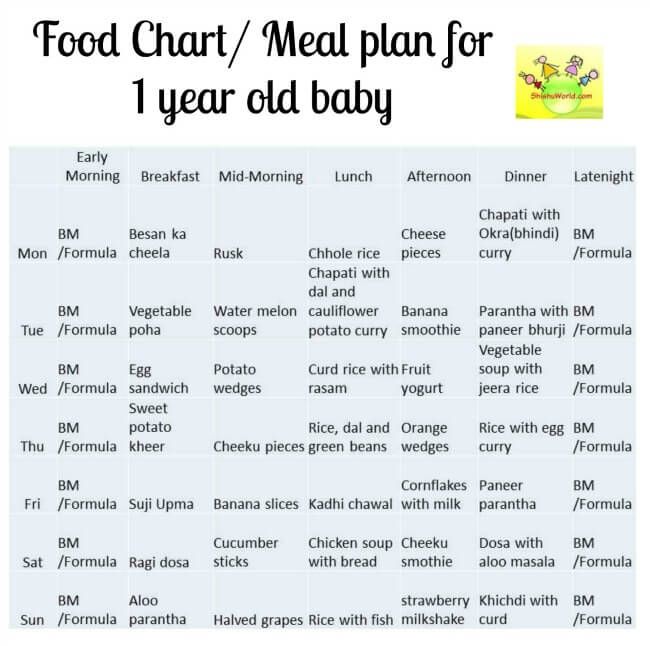 5 years should be 1000-1200 g, from 1.5 to 3 years - 1200-1500 g, the amount of food in one feeding should not exceed 300-350 ml. The diet consists of three main meals per day and two snacks. It is considered optimal when breakfast is 25% of the total energy density of the diet, lunch is 30–35%, dinner is 20%, and additional meals are about 10%. In general, the child can eat the same food as the rest of the family.
5 years should be 1000-1200 g, from 1.5 to 3 years - 1200-1500 g, the amount of food in one feeding should not exceed 300-350 ml. The diet consists of three main meals per day and two snacks. It is considered optimal when breakfast is 25% of the total energy density of the diet, lunch is 30–35%, dinner is 20%, and additional meals are about 10%. In general, the child can eat the same food as the rest of the family.
In the diet of a child of 1–3 years of age , must be present daily: meat of animals or poultry, dairy and sour-milk products, vegetables, fruits, bread, cereals, vegetable and butter; fish and eggs are included in the diet 2-3 times a week.
Cereal products: bread - 2-3 servings per day, cereals and side dishes - 1 time per day
Fruit and/or vegetables: at least 5 times a day
Dairy products: at least 3 servings per day (including those used to make cereals, yoghurts, fermented milk drinks, cottage cheese, infant formula or breast milk).
Domestic pediatricians recommend, when compiling a diet for children aged 1–3 years, preference should be given to specialized children's dairy products of industrial production that meet high quality requirements and safety indicators for this age. Most children's dairy products are additionally enriched with vitamins and/or minerals and other biologically active components, taking into account the physiological needs of children of this age. At the same time, in foreign recommendations, children over 1 year old are offered the gradual introduction of whole cow's milk, which is rich in fats necessary for proper growth and development, the absorption of vitamins A and D, the development of the brain and nervous system of the child.
Most children's dairy products are additionally enriched with vitamins and/or minerals and other biologically active components, taking into account the physiological needs of children of this age. At the same time, in foreign recommendations, children over 1 year old are offered the gradual introduction of whole cow's milk, which is rich in fats necessary for proper growth and development, the absorption of vitamins A and D, the development of the brain and nervous system of the child.
Meat dishes: 2-3 times a day
Fish dishes: 2-3 servings per week
Eggs: 2-3 per week
Dietary fats: 3-4 teaspoons of butter and/or vegetable oils per day
When cooking, use the minimum amount of salt and sugar, and do not add them to industrial products.
Offer your child a variety of foods and let them choose for themselves. Children love to eat on their own, so if possible, offer food that the child can eat with their hands.
It is important to remember that a baby can choke on pieces of food, so whatever you give your baby should be crushed or cut into small pieces that can be easily chewed.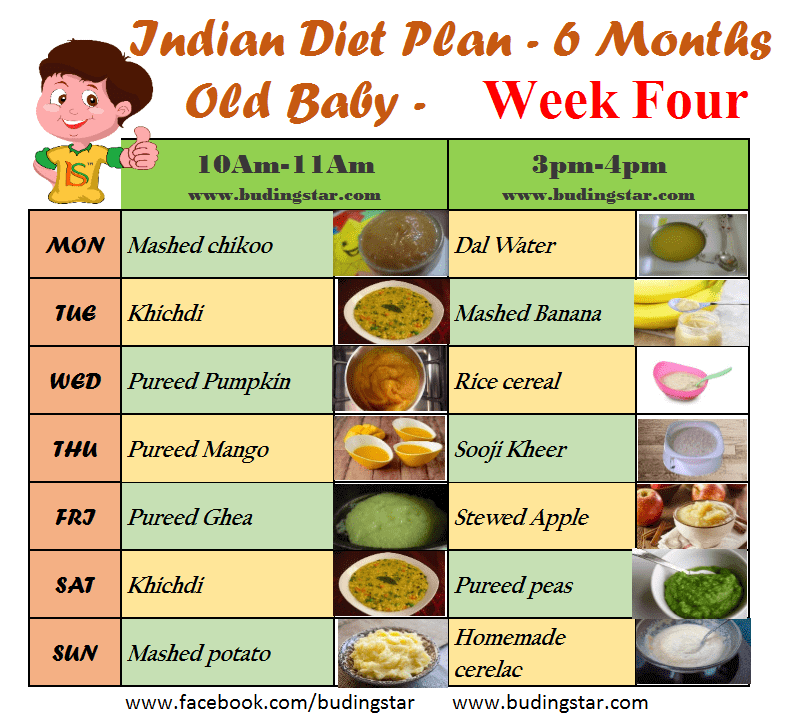
Do not give to a small child: nuts, whole grapes, cherry tomatoes (unless quartered), whole carrots, seeds (such as pumpkin or sunflower seeds), round candies, legumes, raisins, because a child can eat them choke.
Also in the diet of children of the first 3 years of life should not be present:
Mushrooms; canned snacks, pickled vegetables and fruits
Home canned food
Dry concentrates for side dishes
Hot sauces, mustard, horseradish, pepper, vinegar, mayonnaise
Natural coffee
Juices and drinks in the form of dry concentrates; sweet carbonated drinks
Products containing food additives (flavorings, dyes of artificial origin, including chewing gum), popcorn
Combined fats; cakes and pastries
It is important to remember that children of this age should not be given too spicy and spicy foods.
Children's menu from 1 to 1.5 years for a week - a table with recipes
After a year, most children already have 6-8 milk teeth, which means that it is time to introduce more solid food into the diet.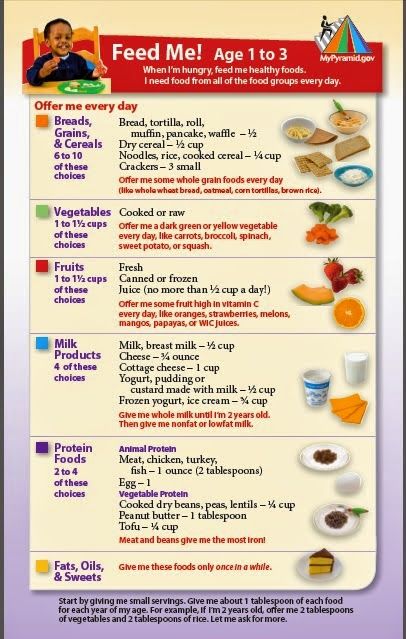 When organizing the nutrition of a child from 1 year old, it is necessary to take into account his increasing needs for energy and vitamins. Indeed, at an early age, a child needs building material for his body. Yes, and the volume of the stomach of the crumbs has increased, the digestive capacity of the gastrointestinal tract has increased, the intestinal microflora is gradually returning to normal.
When organizing the nutrition of a child from 1 year old, it is necessary to take into account his increasing needs for energy and vitamins. Indeed, at an early age, a child needs building material for his body. Yes, and the volume of the stomach of the crumbs has increased, the digestive capacity of the gastrointestinal tract has increased, the intestinal microflora is gradually returning to normal.
CONTENTS
1. Weekly menu for children 1 year old
2. Some rules of nutrition
3. Approximate set of products for one day for children 1-1.5 years old
4. How to make a diet?
Of course, it is not necessary to introduce food in pieces immediately. For example, from mashed potatoes and milk, you need to smoothly move on to puddings, casseroles and mousses.
Another important point: food prepared the day before loses most of its nutritional and beneficial properties, so the child needs to cook every day. Yes, it will take more time and effort than warming up a jar of baby food, but you are investing in the most precious thing you have - in children's health.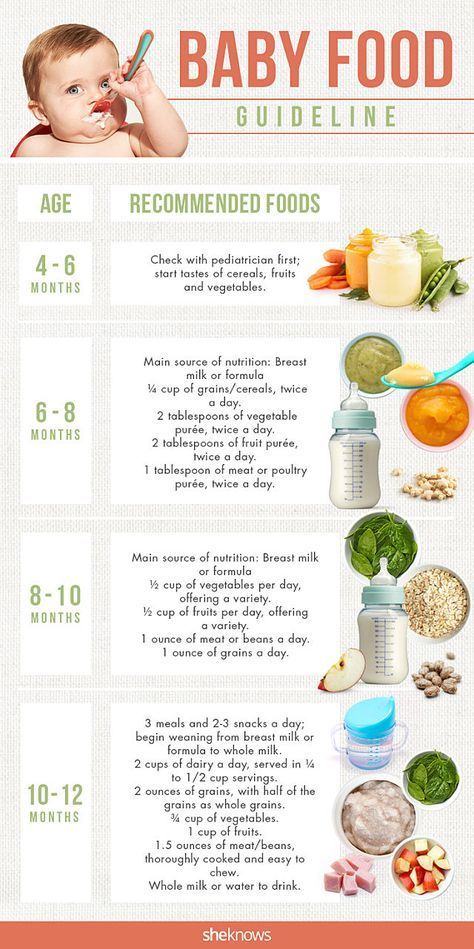
Milk and dairy products play an important role in the nutrition of children from 1 year old. As before, the diet of crumbs is based on them (taking into account all dishes, the consumption of dairy products should be 600 ml / day). If you have stopped breastfeeding by the year, then mother's milk can be replaced with special milk formulas for children after a year. Children's curds, yogurts, kefirs will become relevant.
As for meat or fish, these products must be included in the baby's daily diet. It is from them that the body receives the protein necessary for growth. Fish can be given 1-2 times a week, on other days - meat.
Fruits and vegetables remain a source of vitamins and trace elements, which can already be gradually given raw in the form of juices or salads.
Weekly menu for children 1 year
| 1st day | ||||||||
Breakfast 8.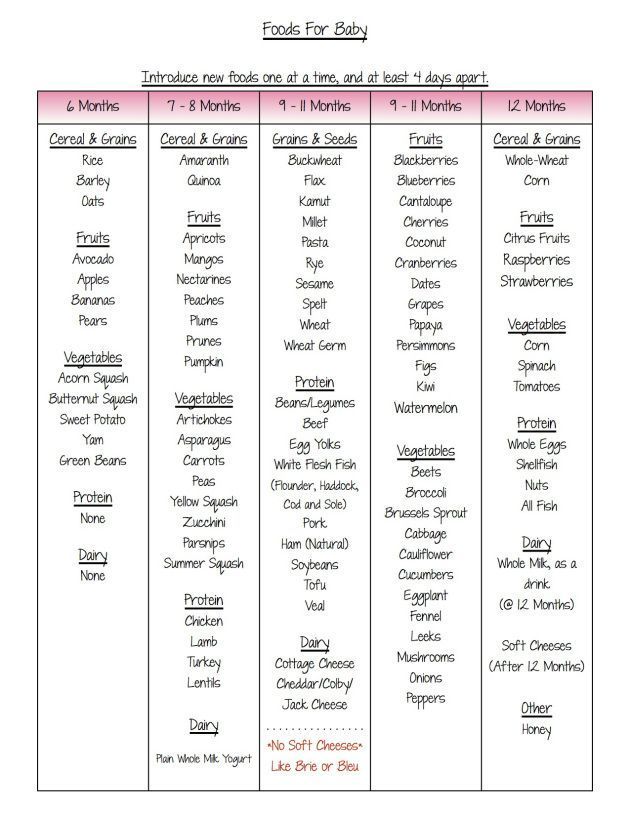 00 (9.00) 00 (9.00)
Lunch 12.00 (13.00)
Dinner 20.00
at night 22.00
| ||||||||
| 2nd day | ||||||||
| 9009 Wheat bread - 10g Lunch 12.
Polterik 16.00
9 02020 | ||||||||
| 3rd day | ||||||||
Breakfast 8.00 (9.00)
Lunch 12.00 (13.00)
|
Some rules of nutrition
The transition of the child to adult food should be gradual. The change in the diet occurs as follows: to train the chewing apparatus, more dense and solid food is introduced, and liquid and semi-liquid are gradually reduced.
To prevent your baby from turning away from a new dish, try to resort to a simple rule: food should look attractive and smell delicious. It is the aroma and appearance of the “goodies” that trigger the production of gastric juice. By the way, bright dishes will serve as an excellent assistant in this matter.
During the meal, do not put all the prepared dishes in front of the baby, the baby should receive the next portion only after he has eaten the previous one.
Make at least one meal a family meal, even if the child's overall diet does not match yours.
Gradually teach your child to set and clear the table. A three-year-old baby can already be asked to wash the dishes.
Sample daily food package for children 1-1.5 years old
| Sugar | g | 40 |
| Salt | g | 3 |
It is necessary to draw up a menu for a child at 1 year old based on his needs: at the age of 1-1.5 years, a child needs only 1000-1200 g of food, and this is not counting liquid dishes (150-200 ml of juice, 300 ml of tea, 300 ml of milk) Milk porridges and soups are good for breakfast, especially with the addition of fruits or dried fruits. An ideal dish would be lazy dumplings, as well as any omelettes or salads with eggs. By the way, salads in baby food should be seasoned with sour cream or vegetable oil, not mayonnaise. In addition, they need to be cooked immediately before serving.
In addition, they need to be cooked immediately before serving.
If the child has any disorders in the functioning of the gastrointestinal tract, then the menu should include pureed soups, cream soups and puree soups. By the way, any soup for a child is cooked on the second, or even on the third broth. For meat dishes, lean meats are preferred: turkey, chicken, lean veal. For fish dishes, also use low-fat varieties: sea bass, cod, pike perch, hake. Canned food, marinades and smoked meats are not desirable in cooking for a child.
Now about the sweet. Of course, who doesn't love sweets? And as soon as the child turns one year old, some grandmothers strive to treat the crumbs to something tasty. Sweets become the subject of constant disputes in the family. In this matter, the main thing is to stand your ground. Namely, excess sugar can lead to the development of diseases such as diabetes and obesity. So even in ready-made dishes it is worth adding jam or jam, and less sugar.

 00 (13.00)
00 (13.00)  00 ( )
00 ( ) 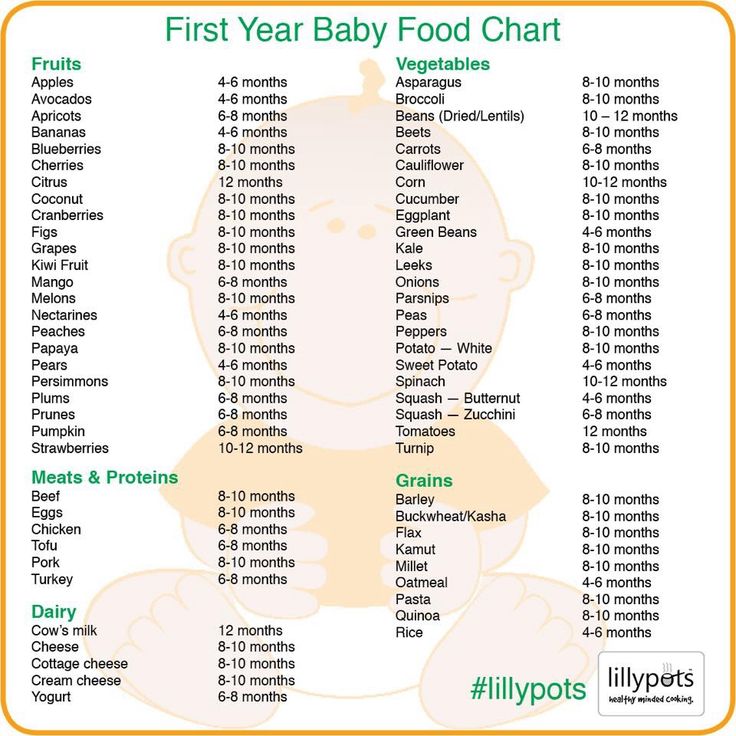 00 (9.00)
00 (9.00)  00
00 